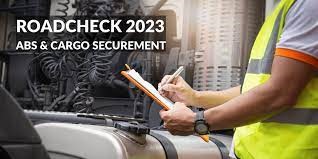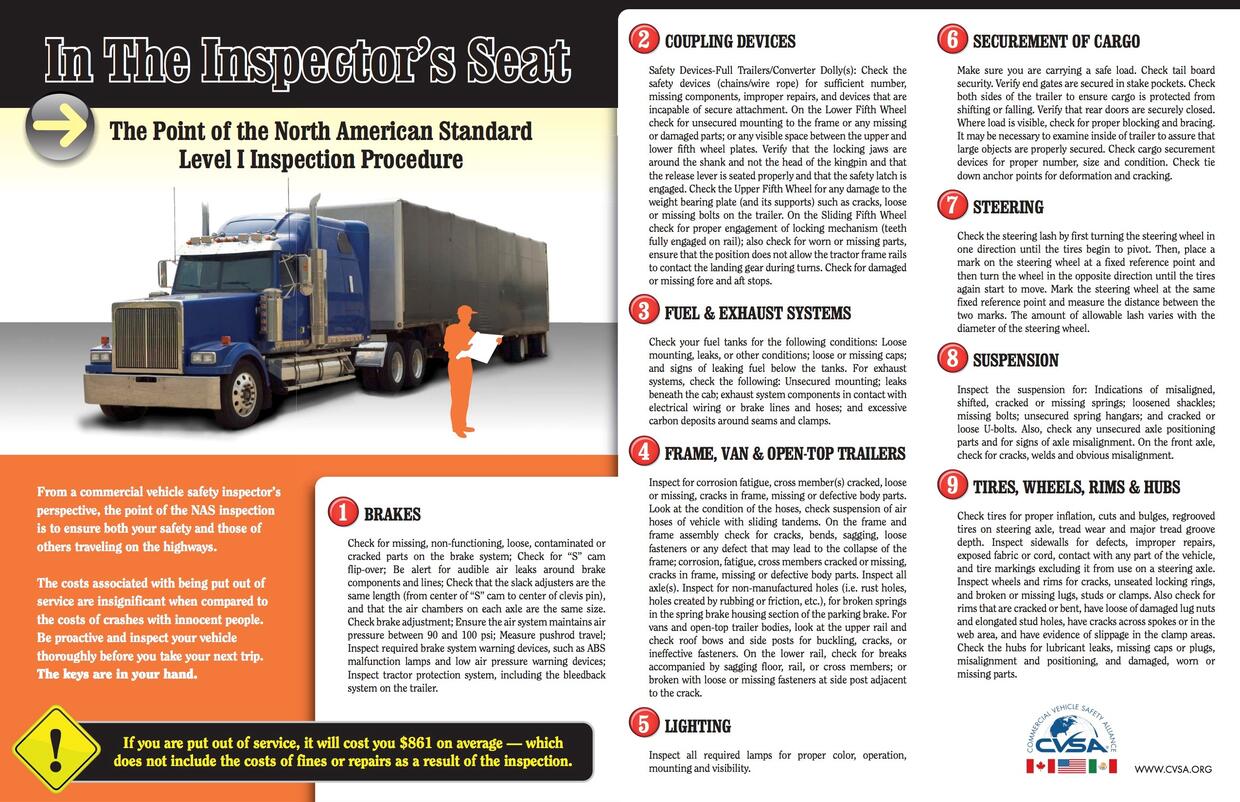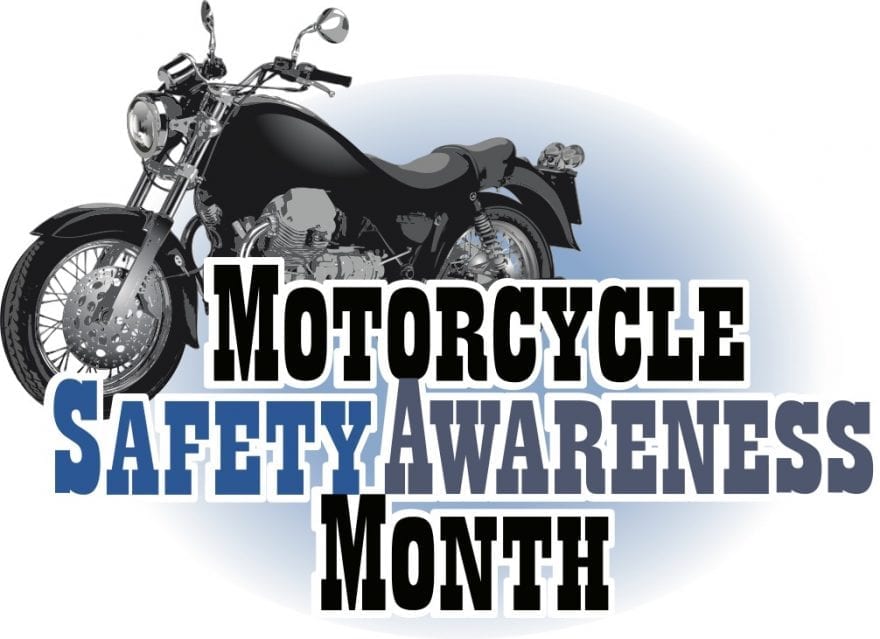Roadcheck is a 72-hour high-visibility, high-volume commercial motor vehicle inspection and enforcement initiative. Commercial motor vehicle inspectors in Canada, Mexico, and the U.S. will conduct North American Standard Inspections of commercial motor vehicles and drivers at weigh and inspection stations, roving patrols, and temporary inspection sites.
Each year, CVSA focuses on a specific aspect of a roadside inspection. This year the focus will be on anti-lock braking systems (ABS) and cargo securement. ABS violations are not out-of-service violations; however, the anti-lock braking system is critical in reducing collisions. A properly functioning ABS will prevent wheels from locking up or skidding, allowing a driver to maintain vehicle control while braking. Improper or inadequate cargo securement accounted for 10.6% of all vehicle out-of-service violations discovered during last year’s International Roadcheck. Past International Roadcheck data routinely found cargo securement violations in the top five of vehicle out-of-service violations.
During International Roadcheck, inspectors will primarily conduct the North American Standard Level I Inspection, a 37-step procedure that examines driver operating requirements and vehicle mechanical fitness. Learn more about International Roadcheck.
Commercial Vehicle Safety Alliance (CVSA) Driver Tip Sheet
CVSA published this tip sheet for carriers and drivers in preparation for this year’s Roadcheck that you can print off as a handout for your drivers:
http://cvsa.org/wp-content/uploads/what_inspectors_are_looking_for.pdf
Question of the Week
My driver has gone through a roadside inspection; how long must I keep this documentation on file?
Answer: The motor carrier will keep copies of all roadside inspections for 12 months. The driver is required to turn in the inspection to the motor carrier within 24 hours. If they do not return to the terminal, they are to mail in the inspection. If the inspection resulted in violations, they must be corrected or repaired. The inspection form is to be signed and certified that the repairs were completed and sent back to the state of inspection within 15 days.
Best Practice Guidelines for Roadside Inspections:
- Train drivers on how to complete good quality pre-trip inspections to reduce the possibility of violations.
Use Idealease Pre-Post Trip training videos:
English:
Tractor Trailer - https://youtu.be/9TL62H5yUQA
Straight Truck - https://youtu.be/rsUTQrN-514
Spanish:
Straight Truck - https://www.youtube.com/embed/SDvbuAuKQLM
Tractor Trailer- https://www.youtube.com/embed/529XGiJxTfU
- Review CSA monthly at www.ai.fmcsa.dot.gov and enter your DOT number or name.
- Review the vehicle and driver basics with the associated inspections and cross-reference the inspections you have on file with the inspections turned in by your drivers. Question those drivers who did not submit inspection reports.
- Review the “Carrier History” tab in your home page’s Tools/Resource section to determine if your number of inspections is rising or declining.
- Review vehicle inspections and violations with your maintenance provider to reduce violations.
- Maintained copies in tractor and trailer files and any repair orders attached if there were violations.
- Use the roadside inspection information, such as date, time, and location, to cross-reference with the driver’s hours of service documentation for falsification violations.
- Train drivers to pass roadside inspections successfully and conduct themselves.
- Keep your vehicles clean and well-maintained to avoid being targeted for inspection.
- Advise drivers that moving violations will generate inspections.
- Consider providing an incentive to drivers who successfully pass an inspection.
May is Motorcycle Safety Awareness Month
Motorist awareness is essential to the National Highway Traffic Safety Administration's comprehensive motorcycle safety program. Over two-thirds of fatal motorcycle crashes involve a motorcycle and another vehicle. The motorist either does not see the oncoming motorcycle at all or does not see the motorcycle in time to avoid a crash. Motorists need to know that their actions affect the safety of motorcyclists. A motorist and a motorcyclist may act differently in the same driving or highway situation. For example, a motorist may ignore a piece of road debris; however, that same piece of road debris may be deadly for a motorcyclist.










